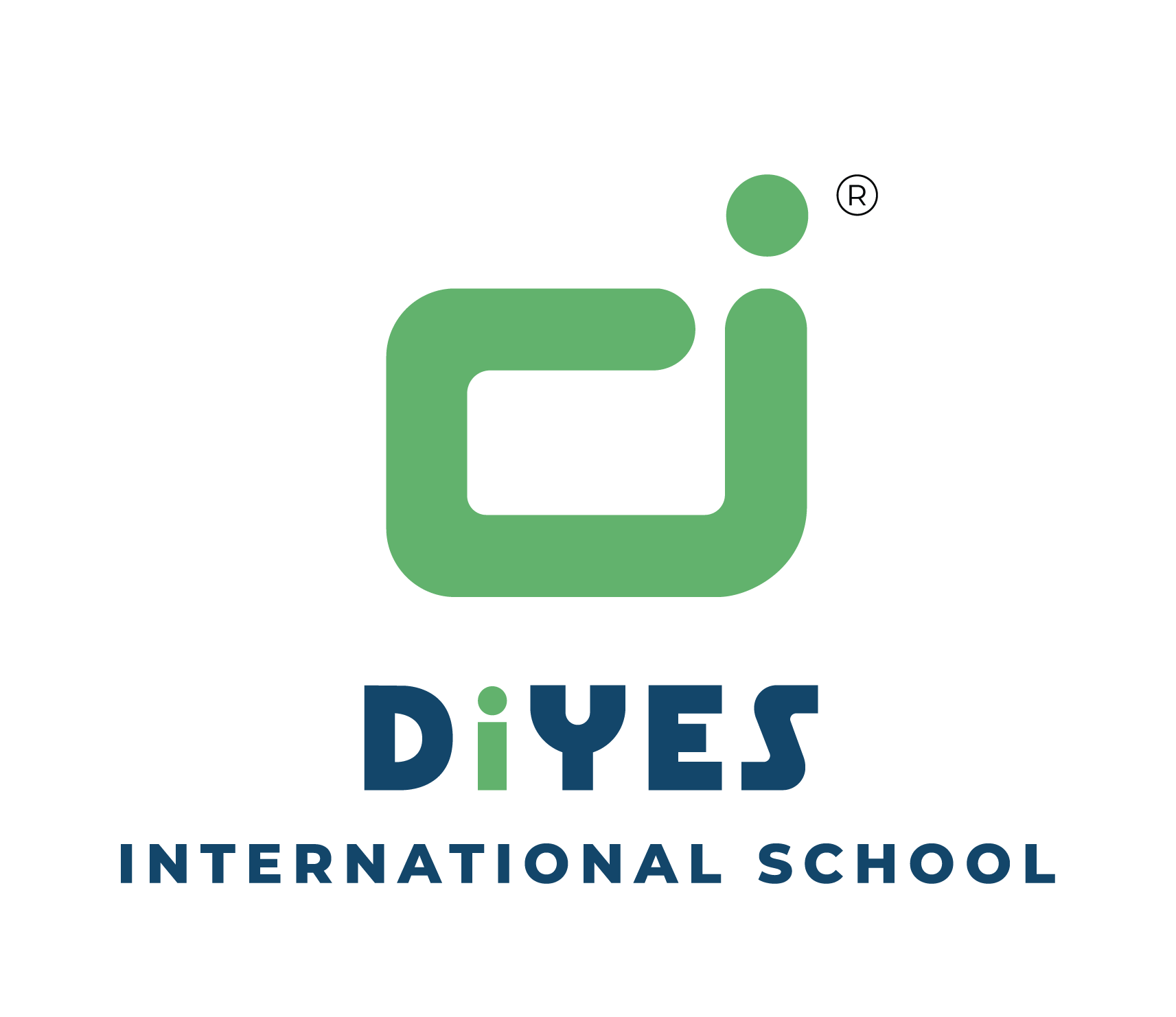In today’s interconnected world, understanding and learning from Global Education Models around the globe is crucial for shaping effective educational practices. This blog aims to delve into various global education models, examining their strengths, innovations, and philosophies. By exploring the approaches of different countries, we can gain valuable insights to enrich our own educational systems and better prepare students for success in an increasingly complex and globalized society.

As we navigate the ever-changing landscape of education, it becomes evident that no single approach fits all contexts. Thus, we turn our gaze to the diverse and dynamic education models employed by countries worldwide. By examining the principles and practices underlying these systems, we aim to glean valuable lessons and inspirations to inform our own educational endeavours. Through this exploration, we seek to cultivate a deeper understanding of what is global education models and how education can be tailored to meet the evolving needs of learners in the 21st century.
The Finnish Education System: A Model of Equity and Excellence
Finland’s education system stands as a beacon of equity and excellence, consistently ranking among the top performers in international assessments. Central to its success is a holistic approach that prioritizes the well-being and individual growth of students.
- Emphasis on Play-Based Learning: At the heart of Finnish education is the recognition of childhood as a time for exploration and discovery. Play-based learning in the early years’ nurtures creativity, problem-solving skills, and social-emotional development.
- Teacher Professionalism and Autonomy: Finnish educators are highly trained and trusted professionals who possess autonomy in designing their curriculum and assessments. This trust allows teachers to tailor their instruction to the unique needs and interests of their students.
- Minimal Standardized Testing: Unlike many education systems driven by high-stakes testing, Finland places little emphasis on standardized assessments. Instead, assessment is viewed as a means of supporting student learning rather than evaluating teacher performance.
- Collaboration and Support: Finnish schools prioritize collaboration among teachers, parents, and communities to ensure every child receives the support they need to succeed. This collaborative approach nurtures a sense of belonging and shared responsibility for student outcomes.
By nurturing a culture of trust, collaboration, and holistic support, Finland’s education system demonstrates that excellence and equity can go hand in hand, offering valuable lessons for promoting student well-being and academic achievement globally.
The Singaporean Education System: A Focus on Rigour and Innovation
Singapore’s education system is renowned for its rigorous academic standards and emphasis on innovation and skills development. Through a structured yet flexible approach, Singapore equips students with the knowledge, skills, and attitudes needed to excel in a rapidly changing world.
- Strong Foundation in Math and Science: Singapore places a strong emphasis on foundational subjects such as mathematics and science, laying the groundwork for critical thinking and problem-solving skills. Innovative teaching methods and curriculum design ensure that students develop deep conceptual understanding and practical application skills.
- Future-Ready Skills: Recognizing the importance of preparing students for the future workforce, Singapore integrates 21st-century skills such as creativity, communication, and collaboration into its curriculum. Project-based learning, real-world applications, and technology integration are key components of this approach.
- Investment in Teacher Excellence: Singapore invests heavily in the recruitment, training, and professional development of teachers, ensuring they are equipped with the pedagogical knowledge and skills to deliver high-quality instruction. Ongoing support and mentorship further enhance teacher effectiveness and job satisfaction.
- Continuous Innovation: Singapore’s education system is characterized by a culture of continuous innovation and improvement. Regular reviews of curriculum, assessments, and teaching practices ensure that the system remains responsive to evolving needs and challenges.
In conclusion, by combining academic rigour with innovation and a focus on future-ready skills, Singapore’s education system prepares students to excel in a competitive global environment, offering valuable insights for nurturing excellence and adaptability in education worldwide.
The Nordic Education Model: Prioritizing Well-Being and Social Cohesion
The Nordic countries, known for their progressive social policies and high quality of life, have developed education systems that prioritize student well-being, inclusivity, and social cohesion. Rooted in democratic values and a commitment to equity, these systems aim to empower every child to reach their full potential.
- Equity and Inclusion: Nordic education systems prioritize equity and inclusion, striving to provide all students with equal opportunities for learning and success. Policies such as free education, comprehensive support services, and inclusive classrooms ensure that no child is left behind.
- Holistic Development: Nordic schools place a strong emphasis on holistic development, recognizing that academic achievement is just one aspect of a child’s growth.

Physical education, arts, music, and outdoor activities are integral parts of the curriculum, promoting well-roundedness and personal fulfilment.
- Democratic Values: Nordic education systems promote democratic values such as equality, diversity, and active citizenship. Students are encouraged to participate in decision-making processes, engage in critical dialogue, and contribute to their communities, nurturing a sense of agency and responsibility.
- Teacher Empowerment: Nordic teachers enjoy high levels of autonomy and professional respect, allowing them to tailor their instruction to meet the diverse needs of their students. Continuous professional development opportunities and collaborative teaching practices further enhance teacher effectiveness and job satisfaction.
By prioritizing student well-being, inclusivity, and democratic values, the Nordic education model has created socially cohesive and resilient societies, offering valuable lessons for nurturing holistic development and citizenship education worldwide.
The Montessori Approach: Nurturing Independence and Self-Directed Learning
The Montessori method, developed by Dr. Maria Montessori, is grounded in the belief that children are natural learners who flourish in an environment that nurtures independence, freedom within limits, and self-directed exploration. Through carefully designed materials and a child-centred approach, Montessori education cultivates a lifelong love of learning and a sense of responsibility for one’s own education.
- Prepared Environment: Montessori classrooms are carefully prepared environments that are designed to promote independence and self-directed learning. Materials are arranged in an orderly and accessible manner, allowing children to choose activities that capture their interest and challenge their abilities.
- Mixed-Age Grouping: Montessori classrooms typically feature mixed-age groupings, allowing children to learn from and with their peers of varying ages and abilities. This arrangement nurtures a sense of community, cooperation, and mentorship, where older children support and guide younger ones.
- Hands-On Learning: Montessori education emphasizes hands-on, experiential learning, with materials that are specifically designed to promote sensory exploration, problem-solving, and skill development across various domains. Children engage in activities that cater to their individual interests and developmental needs and are encouraged to explore and manipulate materials at their own pace.
Whether it’s using Montessori math materials to understand abstract concepts or engaging in practical life activities like pouring, sorting, and cleaning, children learn by doing and actively constructing their knowledge through hands-on experiences.
The Montessori approach to education offers a holistic and child-centred approach that nurtures independence, self-directed learning, and social-emotional development. By providing a prepared environment, mixed-age groupings, hands-on learning experiences, and freedom within limits, Montessori education empowers children to become confident, curious, and compassionate individuals who are well-prepared for a lifetime of learning and contributing to society.
The Japanese Education System: Balancing Tradition and Innovation
Japan’s education system is renowned for its blend of tradition and innovation, combining rigorous academic standards with a focus on character development and community values.

Rooted in Confucian principles and a strong work ethic, Japanese schools emphasize discipline, perseverance, and respect for authority while also welcoming technological advancements and global perspectives.
- Focus on Academic Excellence: Japanese schools place a strong emphasis on academic achievement, with a rigorous curriculum that covers core subjects such as mathematics, science, language arts, and social studies. High-stakes entrance exams determine placement in prestigious secondary schools and universities, driving students to excel academically.
- Character Education: Alongside academic instruction, Japanese schools prioritize character education, instilling values such as respect, responsibility, and perseverance in students. Moral education classes and extracurricular activities promote ethical decision-making, empathy, and social responsibility.
- Holistic Development: Japanese education emphasizes the holistic development of students, nurturing their physical, emotional, and social well-being alongside academic achievement. Sports, arts, and cultural activities are integral parts of the curriculum, nurturing teamwork, creativity, and cultural appreciation.
- Incorporating Technology: While steeped in tradition, Japanese schools also incorporate technological advancements to enhance teaching and learning. Digital textbooks, interactive whiteboards, and online learning platforms are increasingly being used to engage students and personalize instruction.
In essence, striking a balance between tradition and innovation, the Japanese education system prepares students to excel academically while also equipping them with the character traits, social skills, and adaptability needed to excel in a rapidly changing world. Its blend of academic rigour, character education, and technological integration offers valuable insights for educators seeking to create well-rounded and resilient learners in any cultural context.
Conclusion
Exploring diverse global education models reveals a rich tapestry of approaches, each offering unique insights and innovations that can inform and inspire educational practices worldwide. From Finland’s emphasis on equity and play-based learning to Singapore’s focus on academic rigour and innovation, the Nordic countries’ commitment to well-being and social cohesion, Japan’s blend of tradition and innovation, and the Montessori approach’s promotion of independence and self-directed learning, each model contributes valuable lessons to the collective understanding of effective education.
These global education models underscore the importance of prioritizing student well-being, nurturing a love for learning, and preparing students for success in an ever-changing world. By incorporating diversity, equity, and inclusivity, education systems can better serve the needs of all learners, ensuring that every child has the opportunity to reach their full potential.
Moreover, the exploration of global education models highlights the need for continuous innovation and adaptation in response to evolving societal needs and technological advancements. Education systems must remain flexible, open to experimentation, and responsive to the changing needs of students and communities.
Ultimately, the journey through diverse global education models reaffirms that there is no one-size-fits-all approach to education. Instead, educators must draw upon the strengths and insights of various models, adapting them to their unique cultural contexts and the needs of their students. By nurturing collaboration, sharing best practices, and incorporating a spirit of continuous improvement, we can work towards creating more inclusive, equitable, and effective education systems that empower all learners to excel in the 21st century and beyond.
At DiYES International School, we integrate the best practices from global education models into our curriculum while remaining committed to the rigorous standards of the Cambridge affiliation. Our integrated curriculum combines academic excellence with holistic development, ensuring that students receive a well-rounded education that prepares them for success in an ever-changing world. Through a blend of Cambridge curriculum and innovative teaching methodologies, we aim to nurture the intellectual curiosity, creativity, and global perspective of our students, empowering them to become lifelong learners and leaders in their communities.
For further information regarding DiYES International School explore our website at www.diyesinternational.edu.in or reach out to us directly via phone at +918547609000.


